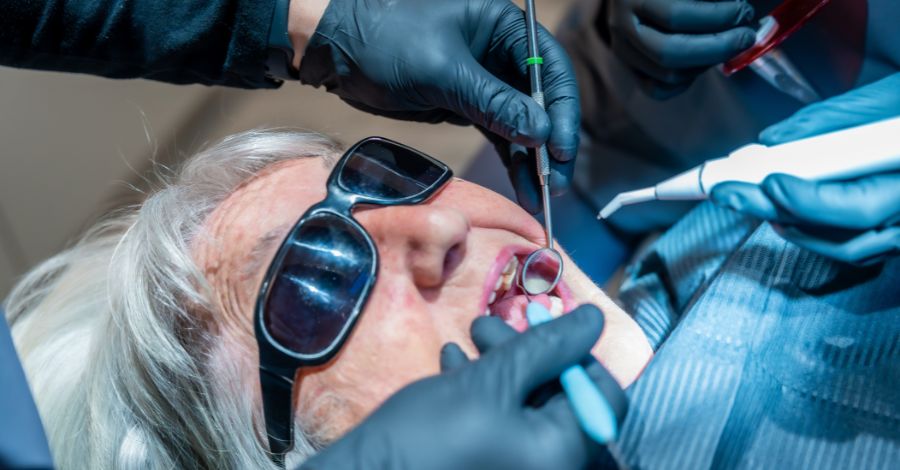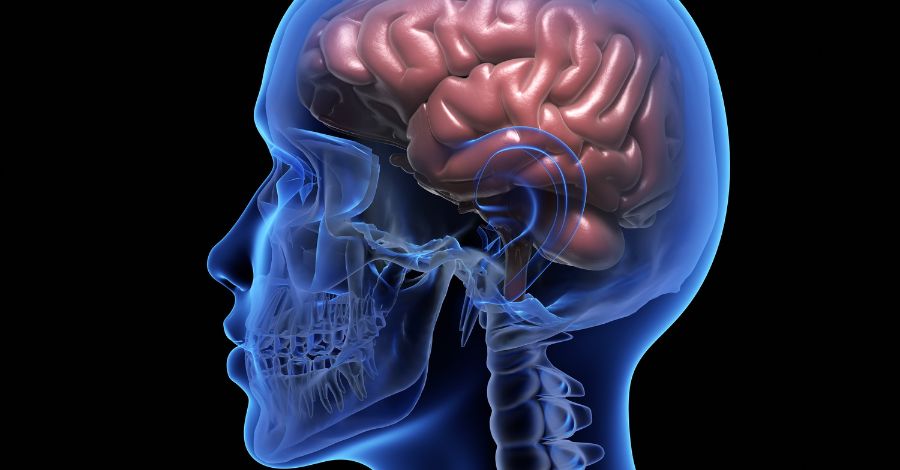How to Exercise in Lyme Disease When You’re Homebound
The Moment Everything Changed: Beginning Exercise in Lyme Disease My patient didn’t ask how to get back to running. She whispered, “I tried to do a little more… and now I can’t get off the couch.” Her experience is something I see often when patients try to exercise in Lyme disease—small movements feel enormous, and […]
How to Exercise in Lyme Disease When You’re Homebound Read More »










